Shift Towards Electric Vehicles
The shift towards electric vehicles (EVs) is reshaping the In-Vehicle Computer System Market. As more consumers opt for EVs, the need for sophisticated in-vehicle computer systems that can manage battery performance, energy consumption, and charging processes becomes paramount. Data suggests that the EV market is anticipated to grow exponentially, with projections indicating that electric vehicles could account for a significant percentage of total vehicle sales by 2030. This transition necessitates the development of advanced computing systems capable of supporting the unique requirements of electric drivetrains, thus creating new opportunities for innovation within the in-vehicle computer system sector.
Growing Focus on Infotainment Systems
The growing focus on infotainment systems is a key driver in the In-Vehicle Computer System Market. Consumers increasingly demand seamless connectivity and entertainment options while on the road, leading to a rise in the integration of multimedia systems, navigation, and communication technologies. Market Research Future indicates that the infotainment segment is expected to witness substantial growth, with revenues projected to reach billions in the next few years. This trend compels automotive manufacturers to invest in advanced in-vehicle computer systems that can support high-quality audio and video streaming, as well as interactive user interfaces, thereby enhancing the overall driving experience.
Integration of Internet of Things (IoT) Technologies
The integration of Internet of Things (IoT) technologies into vehicles is significantly influencing the In-Vehicle Computer System Market. IoT enables vehicles to connect with various devices and systems, facilitating real-time data exchange and enhancing user experience. This connectivity allows for features such as remote diagnostics, predictive maintenance, and personalized infotainment systems. Market analysis indicates that the IoT segment within the automotive industry is expected to reach a valuation of several billion dollars by 2026. As automakers increasingly adopt IoT solutions, the demand for advanced in-vehicle computer systems that can manage and process vast amounts of data is likely to rise, thereby driving market growth.
Rising Demand for Advanced Driver Assistance Systems
The In-Vehicle Computer System Market is experiencing a notable surge in demand for advanced driver assistance systems (ADAS). These systems enhance vehicle safety and improve the driving experience through features such as lane departure warnings, adaptive cruise control, and automatic emergency braking. According to recent data, the ADAS segment is projected to grow at a compound annual growth rate of over 20% in the coming years. This growth is driven by increasing consumer awareness regarding road safety and the regulatory push for enhanced safety standards. As a result, manufacturers are investing heavily in the development of sophisticated in-vehicle computer systems that can support these advanced functionalities, thereby propelling the overall market forward.
Emphasis on Vehicle-to-Everything (V2X) Communication
The emphasis on Vehicle-to-Everything (V2X) communication is emerging as a critical driver in the In-Vehicle Computer System Market. V2X technology enables vehicles to communicate with each other and with infrastructure, enhancing safety and traffic management. This technology is gaining traction as cities and governments invest in smart infrastructure to improve road safety and efficiency. Market forecasts suggest that the V2X communication segment could see significant growth, driven by the increasing adoption of connected vehicle technologies. Consequently, the demand for advanced in-vehicle computer systems that can facilitate V2X communication is likely to rise, further propelling the market.


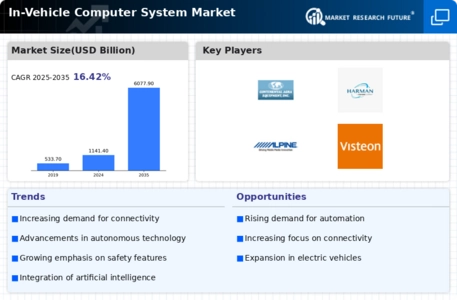
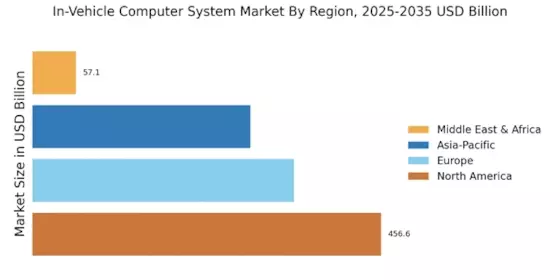




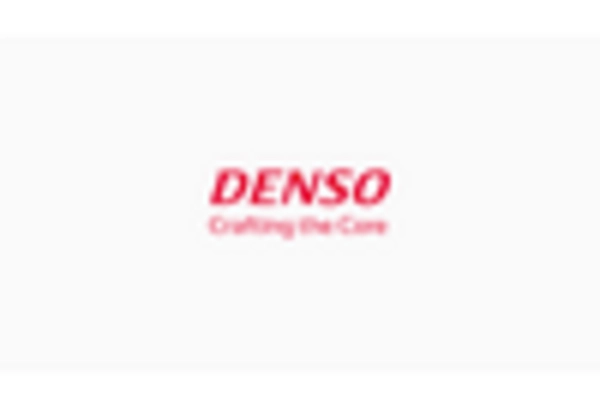



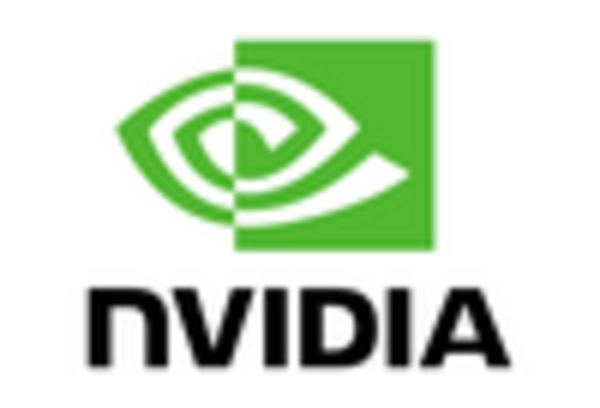
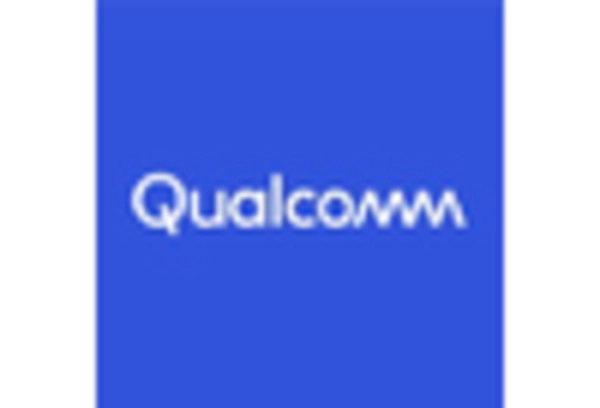










Leave a Comment